Archives
- 2025-12
- 2025-11
- 2025-10
- 2025-09
- 2025-04
- 2025-03
- 2025-02
- 2025-01
- 2024-12
- 2024-11
- 2024-10
- 2024-09
- 2024-08
- 2024-07
- 2024-06
- 2024-05
- 2024-04
- 2024-03
- 2024-02
- 2024-01
- 2023-12
- 2023-11
- 2023-10
- 2023-09
- 2023-08
- 2023-07
- 2023-06
- 2023-05
- 2023-04
- 2023-03
- 2023-02
- 2023-01
- 2022-12
- 2022-11
- 2022-10
- 2022-09
- 2022-08
- 2022-07
- 2022-06
- 2022-05
- 2022-04
- 2022-03
- 2022-02
- 2022-01
- 2021-12
- 2021-11
- 2021-10
- 2021-09
- 2021-08
- 2021-07
- 2021-06
- 2021-05
- 2021-04
- 2021-03
- 2021-02
- 2021-01
- 2020-12
- 2020-11
- 2020-10
- 2020-09
- 2020-08
- 2020-07
- 2020-06
- 2020-05
- 2020-04
- 2020-03
- 2020-02
- 2020-01
- 2019-12
- 2019-11
- 2019-10
- 2019-09
- 2019-08
- 2019-07
- 2019-06
- 2019-05
- 2019-04
- 2018-11
- 2018-10
- 2018-07
-
4-P-PDOT australia Introduction Glucocorticoids are released
2021-11-09
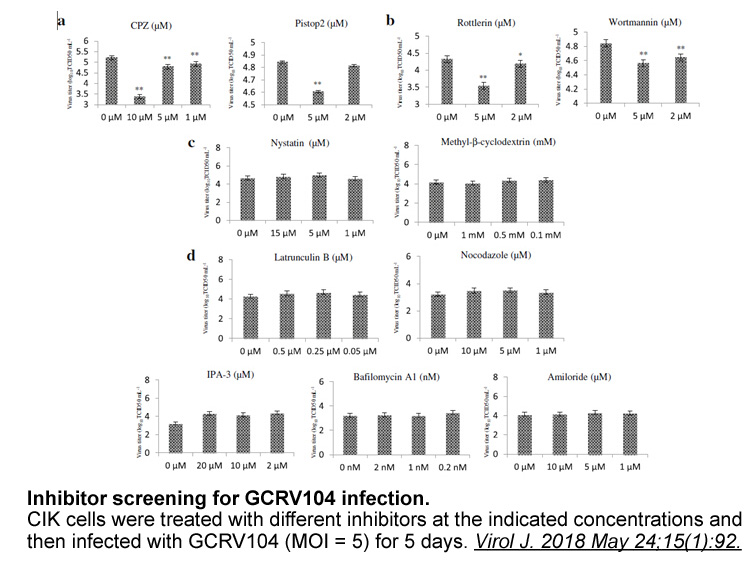
Introduction Glucocorticoids are released in response to stress and play an important role in inflammation, cellular growth, development, body fluid homeostasis, carbohydrate, lipid, and protein metabolism. However, circulating glucocorticoid excess has been associated with a classical phenotype of
-
Since the isoflavone emerged as privileged scaffold
2021-11-09
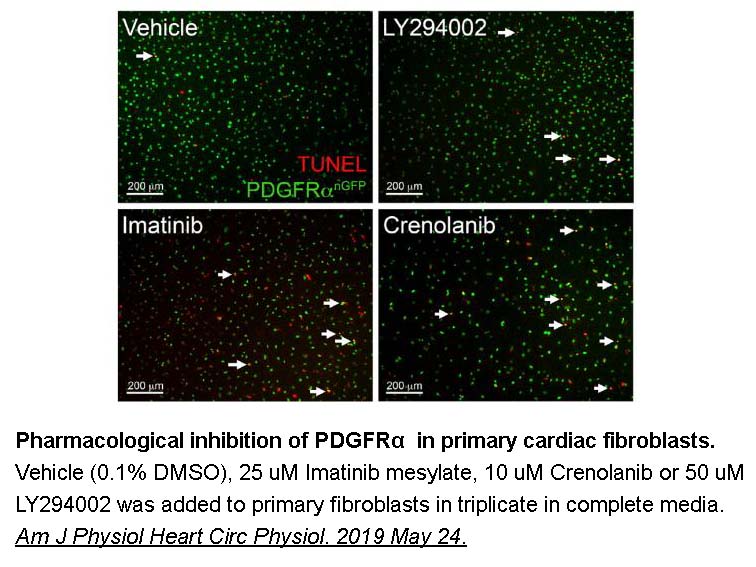
Since the isoflavone emerged as privileged scaffold in Hh inhibition, based on molecular modeling predictions and prior studies [17,22], here we designed a number of isoflavones able to interact preferentially with the Smo receptor or the Gli protein. Molecules were synthesized by means of a novel s
-
It is possible that regulation of adiposity and
2021-11-09
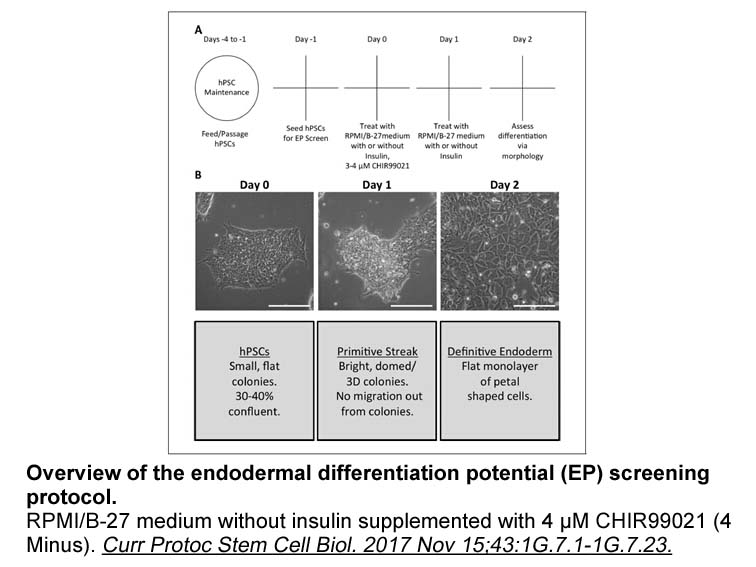
It is possible that regulation of adiposity and glucose homeostasis by GIP are in part mediated by altering leptin levels and/or leptin signaling. However, we are unaware of reports that support this mechanism of action of GIP. In addition, leptin levels in GIP receptor knockout mice [12], [52] and
-
The caseins are a family of milk phosphoproteins whose biolo
2021-11-09

The caseins are a family of milk phosphoproteins whose biological function is to provide supersaturating concentrations of calcium, phosphates, and essential vesicular monoamine transporter to the neonate (Vonderhaar and Ziska, 1989). α- and β-caseins, the most abundant of the milk caseins, are des
-
Growth hormone secretagogue receptor GHSR is
2021-11-09

Growth hormone secretagogue receptor (GHSR) is a member of G-protein-coupled receptor family [3]. GHSR is predominantly expressed in human pituitary, rhypothalamus and hippocampus [4]. GHSR is also expressed in peripheral tissues including lungs, liver, kidney, and adrenal gland. In cardiovascular s
-
In this study we intended to explore the efficacy
2021-11-09
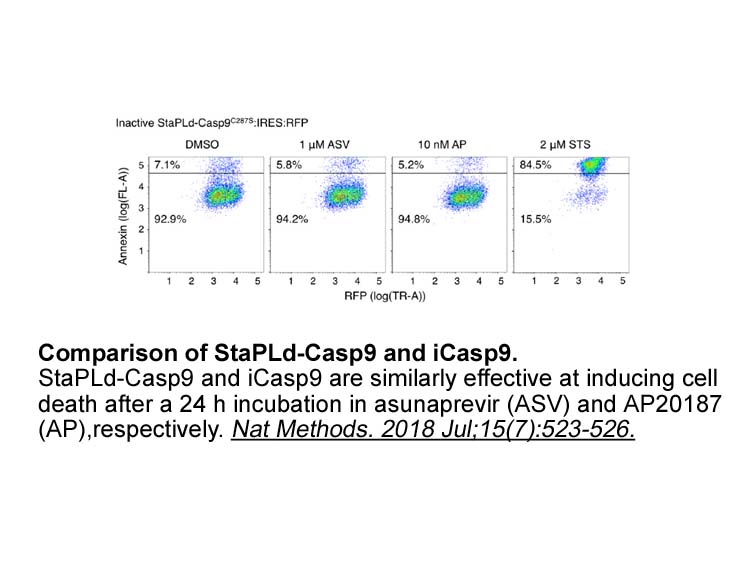
In this study, we intended to explore the efficacy of artesunate on liver fibrosis and further clarify its potential molecular mechanism. Artemisinin, a sesquiterpene lactone obtained from a Chinese plant Artemisia annua [27]. Artesunate, as a stable derivative of artemisinin, is an effective drug f
-
It is well known that TLR induced inflammation is
2021-11-09

It is well known that TLR4-induced inflammation is associated with behavioural alterations including fever, hypolocomotion, altered appetite, anxiety and anhedonia (Dantzer, 2006, Dantzer et al., 2008). The current data demonstrate that while PF3845 potently attenuates TLR4-induced cytokines in the
-
Structurally HMTs can be broadly categorized into
2021-11-09
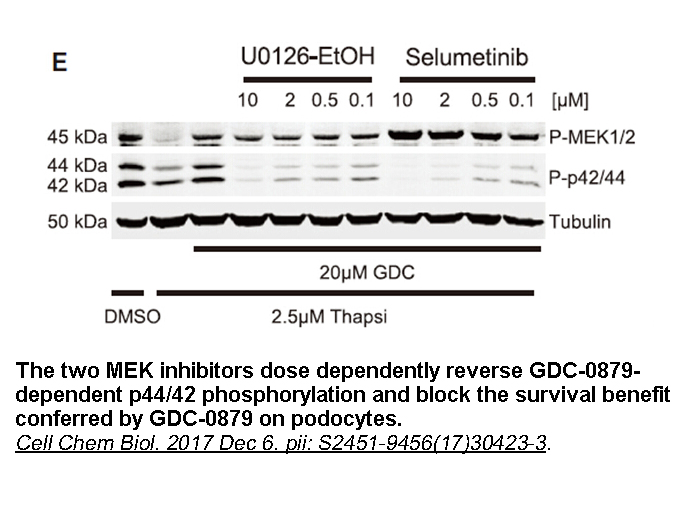
Structurally, HMTs can be broadly categorized into three functional enzymatic families, the SET (Suppressor of variegation, Enhancer of zeste, Trithorax)-domain- containing methyltransferases, the non-SET DOT1-like (DOT1L) lysine methyltransferases, the PRDM family, containing a PR (PRDI-BF1-RIZ1 ho
-
Several studies have reported that the genotype and
2021-11-08

Several studies have reported that the genotype and allele frequencies of S267F vary considerably between different study groups and geographical regions (Ezzikouri et al., 2017, Hu et al., 2016, Lee et al., 2017, Li et al., 2014, Pan et al., 2011, Peng et al., 2015, Yang et al., 2016, Zhang et al.,
-
In diseased blood vessels increased production of reactive o
2021-11-08
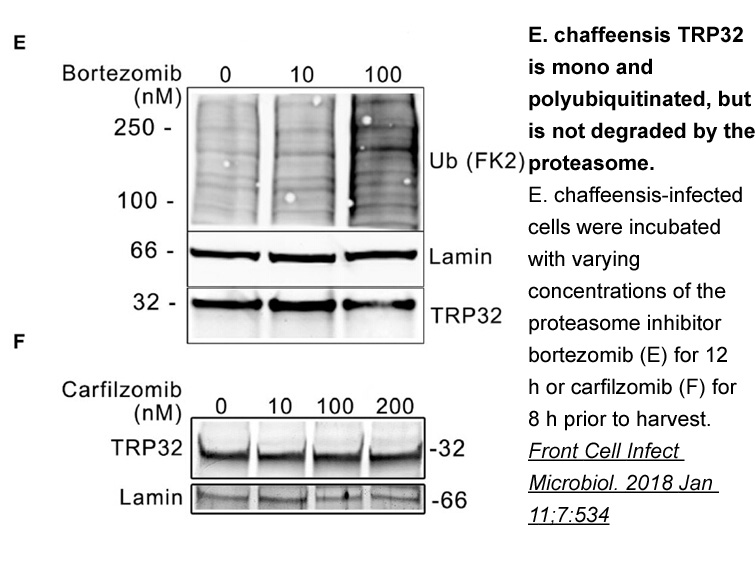
In diseased blood vessels, increased production of reactive oxygen species (ROS), such as peroxynitrite, superoxide, and hydrogen peroxide, have been found [[53], [54], [55]]. Peroxynitrite was suggested to alter the redox state of sGC [53] while hydrogen peroxide interfered with the action of NO bu
-
Finally our data found that the EBV dUTPase
2021-11-08
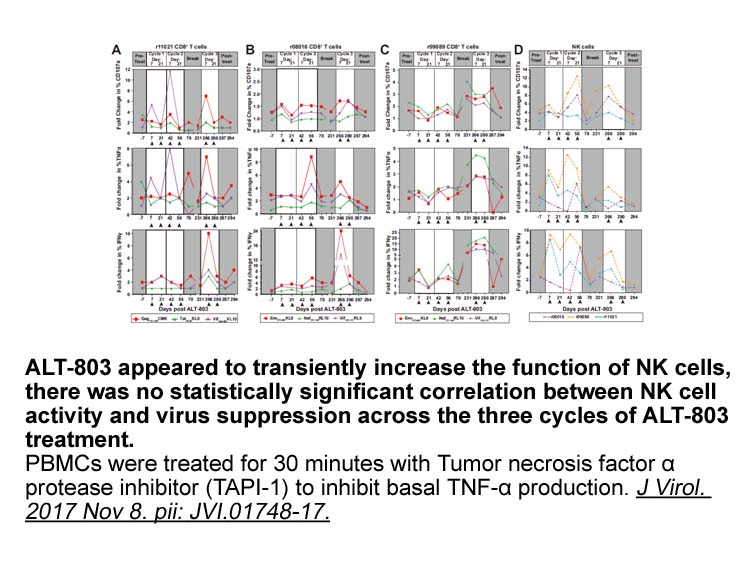
Finally, our data found that the EBV dUTPase protein modulates tryptophan, serotonin, and DA metabolism and use in vitro and in vivo. The EBV dUTPase may alter kynurenine catabolism in microglia in vitro, suggesting that there is an increase synthesis of quinolinic acid. Quinolinic acid, an agonist
-
br Membrane transporters as a novel therapeutic
2021-11-08
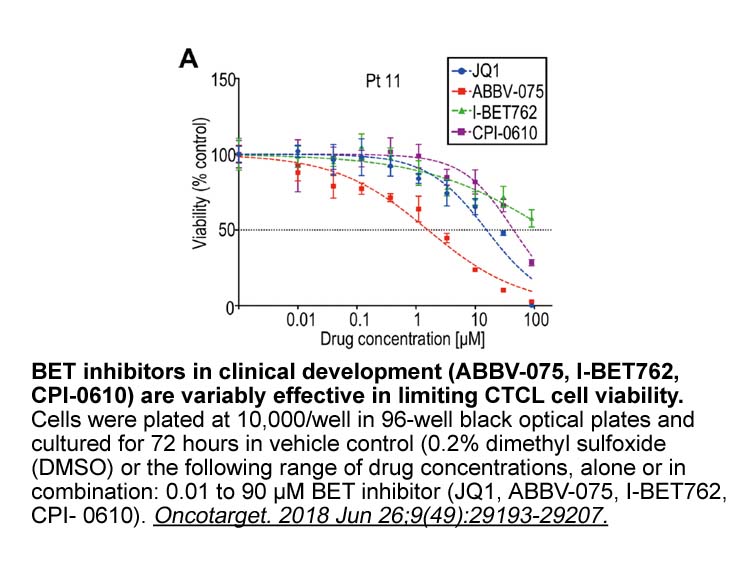
Membrane transporters as a novel therapeutic target in pediatric TBI The concept of targeting membrane transporters began with identifying a neuroprotective drug and a corresponding transporter inhibitor. Somewhat serendipitously, we discovered that N-acetylcysteine (NAC), a cysteine donor for GS
-
It is important to control hyperglycaemia because
2021-11-08

It is important to control hyperglycaemia because it can contribute to serious complications. Hyperglycaemia can be managed by maintaining stable blood glucose levels inside the normal range. This can be achieved by various strategies such as diet, medications and exercise (O’Keefe & Bell, 2007). Se
-
Compound was obtained as a yellow crystal acetone
2021-11-08
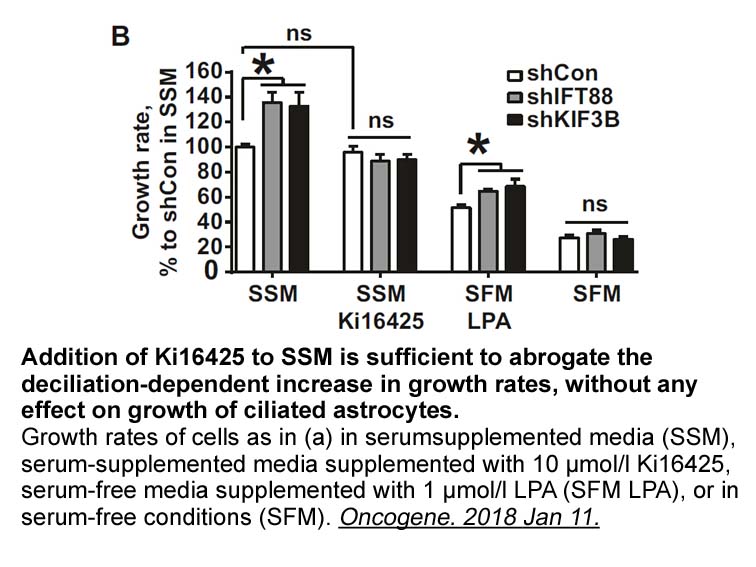
Compound was obtained as a yellow crystal (acetone). And the molecular formula of was established as CHO on the basis of a quasi-molecular ion at / 331.0799 [M+H] (calcd. for 331.0818) in its HR-ESI-MS. Compound showed H and C NMR similar to those of GSK 2837808A . However, The H NMR spectrum of
-
During the tests in vitro SHP
2021-11-08
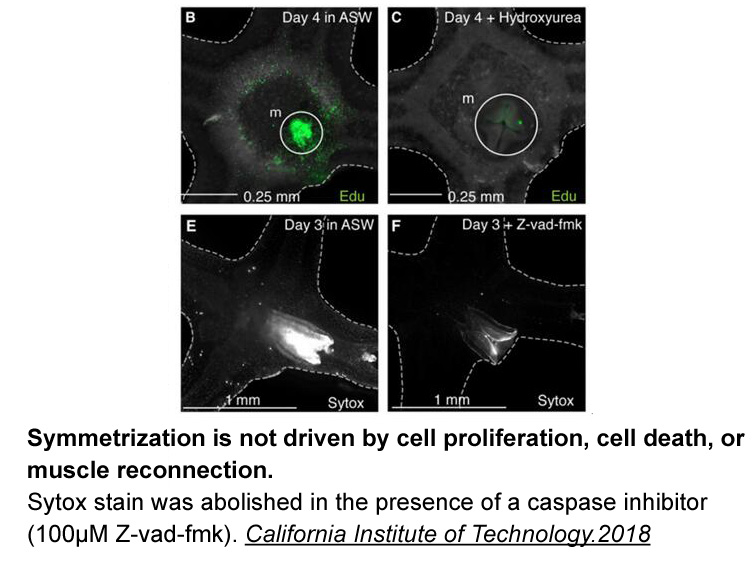
During the tests in vitro, SHP289-04 showed the beneficial effect on both two important aspects. In human liver carcinoma cell line HepG2, it was found to improve glucose consumption significantly. Otherwise, in pancreas cell line NIT1, it could only promote insulin secretion significantly at high g
15831 records 557/1056 page Previous Next First page 上5页 556557558559560 下5页 Last page